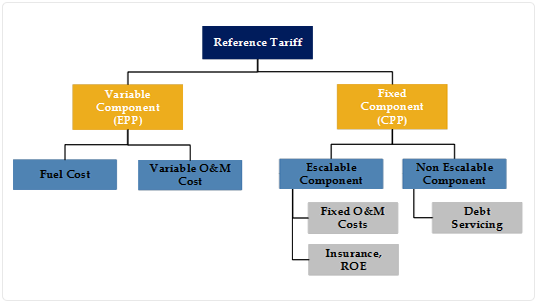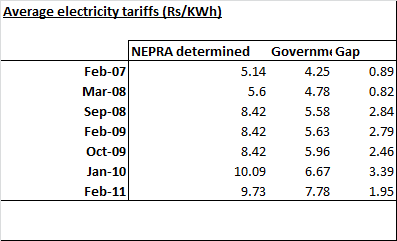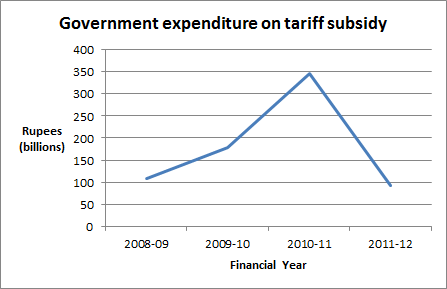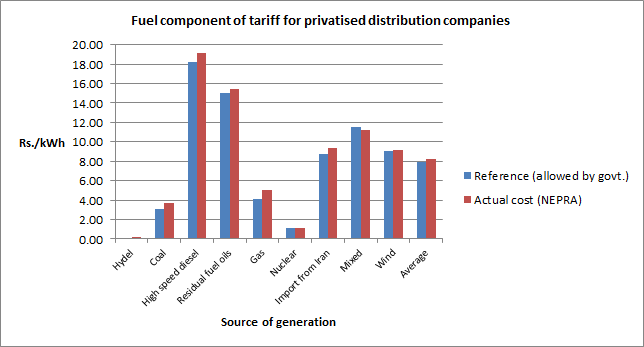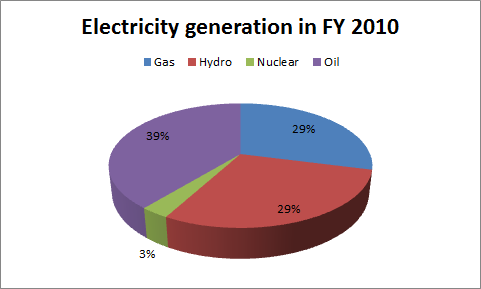News+: Hydroelectricity and Pakistan's power woes
Construction is underway on the 147MW Patrind hydroelectric project in Pakistan and a second loan disbursement is expected for March. While a welcome boost to the baseload, the development is unlikely to augur a wave of renewed activity in the country's beleaguered power sector.
Sponsored by Star Hydro Power, a joint venture between South Korea’s state-owned K-water (80 per cent equity interest) and Daewoo Engineering & Construction (20 per cent), the independent power producer's (IPP) close marked the single largest offshore investment into Pakistan’s hydropower sector.
In the absence of local commercial banks, loans came courtesy of multilateral lenders and an export credit agency, without whom the deal appears impossible. Debt comprises US$327 million of the overall US$436 million capital structure, giving a debt to equity ratio of 75:25. Although it took seven years to close – a period partly caused by a lengthy acquisition from Dubai-based initiators Laraib – it was comparatively rapid in the national context; one only needs to look at another large-scale hydro project, the Kalabagh dam, which has trundled on aimlessly for decades.
From having surplus electricity less than a decade ago, Pakistan now faces acute shortages. Household electricity consumption has more than doubled in the last 20 years, but from 2007 to 2011 generation capacity grew by a mere 2 per cent. Extra capacity and reliable production are sorely needed for economic and societal stability in Pakistan, as a wave of riots last summer triggered by power outages viscerally highlighted.
At the heart of Pakistan’s power woes is a labyrinthine system of subsidies which results in an unsustainable misalignment between the cost of producing electricity and its price. Put simply, users don't pay enough. Under a curious arrangement, the National Electric Power Regulatory Authority (NEPRA) determines how much it costs each plant to produce a unit of power; the government then decides how much they can charge, which is invariably less; and the resulting gap is covered out of state offers.
PK electric tariff
SOURCE: Nishat Chunian Power
This creates a huge fiscal strain on the government, whose frequent failure (along with many customers) to pay the bills has led to US$880 million of so-called ‘circular debt’. Unpaid distribution companies do not honour their contracts with transmission companies, who in turn lapse on their supply agreements with generators. Power plant operators then cannot afford to pay for fuel from government-owned oil and gas refineries, closing the inglorious loop of serial debt obligations which amounts to around 4 per cent of GDP.
Table
SOURCE: NEPRA 2010 and Trimble et al 2011
Load shedding becomes a fact of daily life as plants are turned off. This came to a head last May when the government’s failure to honour Rs45 billion of guarantees with largely foreign investor-backed IPPs provoked a sovereign default – although in the end it paid out. The amount spent on subsidies is decreasing as tariffs are gradually edged up, but the vicious cycle continues.
Graph 1
SOURCE:Finance Ministry of Pakistan
For conventional plants, fuel price is the largest component in the calculation of the tariff, which also takes into account returns on equity, debt servicing and capacity – the charge of the plant just being there. Not subject to oil or gas price volatilities, hydro by contrast is arguably better placed insofar that its generally lower production cost is unlikely to wildly diverge from the government-sanctioned tariff. This means they are less likely to not be paid, says Abdul Khaliq, head of the Patrind project, which will be paid at around Rs8 per KwH produced.
“The capacity price in thermal project takes up about 20 per cent of what the purchaser is supposed to pay, while the energy – thermal oil – is about 80 per cent. It’s the opposite in the case of hydro, so the cost is lower. Energy [i.e fuel] prices are the big threat”.
Graph 2
SOURCE: NEPRA
At present hydroelectricity generates around a third of Pakistan’s electricity and more of it would reduce the dependence on costly imported fuel. Yet a lack of consensus among provincial politicians could derail the government’s ambitious plans to add 13,000MW of IPP hydro to the 6,500MW of currently installed capacity by 2020. Damming a river upstream can enrage communities further down, who fear the effect on agricultural irrigation, while a lack of water storage facilities and how to divvy up resultant electricity are also vexed.
“Water supply is the most sensitive issue that creates political rivalries in Pakistan,” says a senior policy maker at an international financial institution (IFI). “Politics is the first issue that needs to be resolved in any [hydro] project. If that isn’t right then nothing works.”
For now it looks doubtful whether developers can emulate the country’s first privately financed hydro project, the 84MW New Bong, which in 2007 managed to draw in two commercial banks to provide US$46 million alongside international financial institutions (IFIs).
Pie chart
SOURCE: World Bank
The Daimer-Bhasha dam, for example, has been approved by the Council of Common Interest, a body that gets the provinces to talk, but funding of its large capex needs is not forthcoming. The Asian Development Bank has prevaricated over a loan for years and despite Pakistani officials suggesting a US$3.5 billion soft loan from USAID, enquiries to the agency by IJ News have so far met a wall of silence.
A source at another multilateral active in the region explains their reluctance: “Operational expenditure is as much a concern to us as the capex. Frankly we don’t think it is responsible for the government to go ahead with these [hydro] projects in the current circumstances if it can’t afford to pay the subsidy”.
This is not helped by the government’s low investment in power generally. One exception was a disastrous outsourcing scheme for the construction of "rental" plants, awarded in 2009, which drowned in a sea of corruption and incompetence. Only 120MW of a projected 2,800MW finally came online at a staggering expense to the public purse. A Pakistani infrastructure advisor now working in London says today's refusal to provide public capital is in response to a 1990s energy policy, which, although successful in adding 5,000MW to the baseload, was perceived as offering too generous terms. It’s the same reason why tariffs are now also set too low for sustainable production, he says. “Under current tariffs the cashflow is too low,” he adds. “If the public sector won’t invest, who will?”
Against a background of corruption, sovereign risk and security fears total foreign direct investment into Pakistan plummeted from an already modest US$5.438 billion in 2008 to US$1.309 billion in 2011, according to World Bank data. Investment in the country is considered high risk capital. If the broader economy is anything to go by, the prospects for power aren’t great.
Request a Demo
Interested in IJGlobal? Request a demo to discuss a trial with a member of our team. Talk to the team to explore the value of our asset and transaction databases, our market-leading news, league tables and much more.
